Whether it’s providing the people power to fuel industry, developing new technologies, documenting experiences to help understand the world from all perspectives, or smashing glass ceilings to lead their fields, Manchester has been and continues to be full of women whose influence has shaped the city and beyond.
We tell the tales of these inspirational individuals on our galleries. Discover highlights in the round up below, or look out for them on your next visit to the Science and Industry Museum and uncover more about these world-changing women and the fascinating objects relating to their stories.
Revolution Manchester gallery
Start your journey in our Revolution Manchester gallery and travel through Manchester’s rich legacy of industrial innovations, scientific discoveries and ideas that started life in the city and went on to change the world.
Move
Whether it’s with pistons, pedals, wheels or wings, Manchester’s engineers and designers have transformed the way we travel. In our ‘Move‘ display, you can discover the women whose ideas kick-started some of the world’s most innovative journeys and continue to impact how we get around today.
Dr I-Ling Tsai
One of the first people you meet as part of this display is Dr I-Ling Tsai, a scientist working for the University of Manchester developing greener, more sustainable transport solutions for the future.
Her work involved developing next generation energy storage devices for electric vehicles as a way of reducing the environmental impact produced by cars and buses, and cutting down our use of fossil fuels.
Dr Tsai and her team are based at the Graphene Engineering and Innovation Centre at the University of Manchester, where different skills and expertise are brought together to generate new ideas.
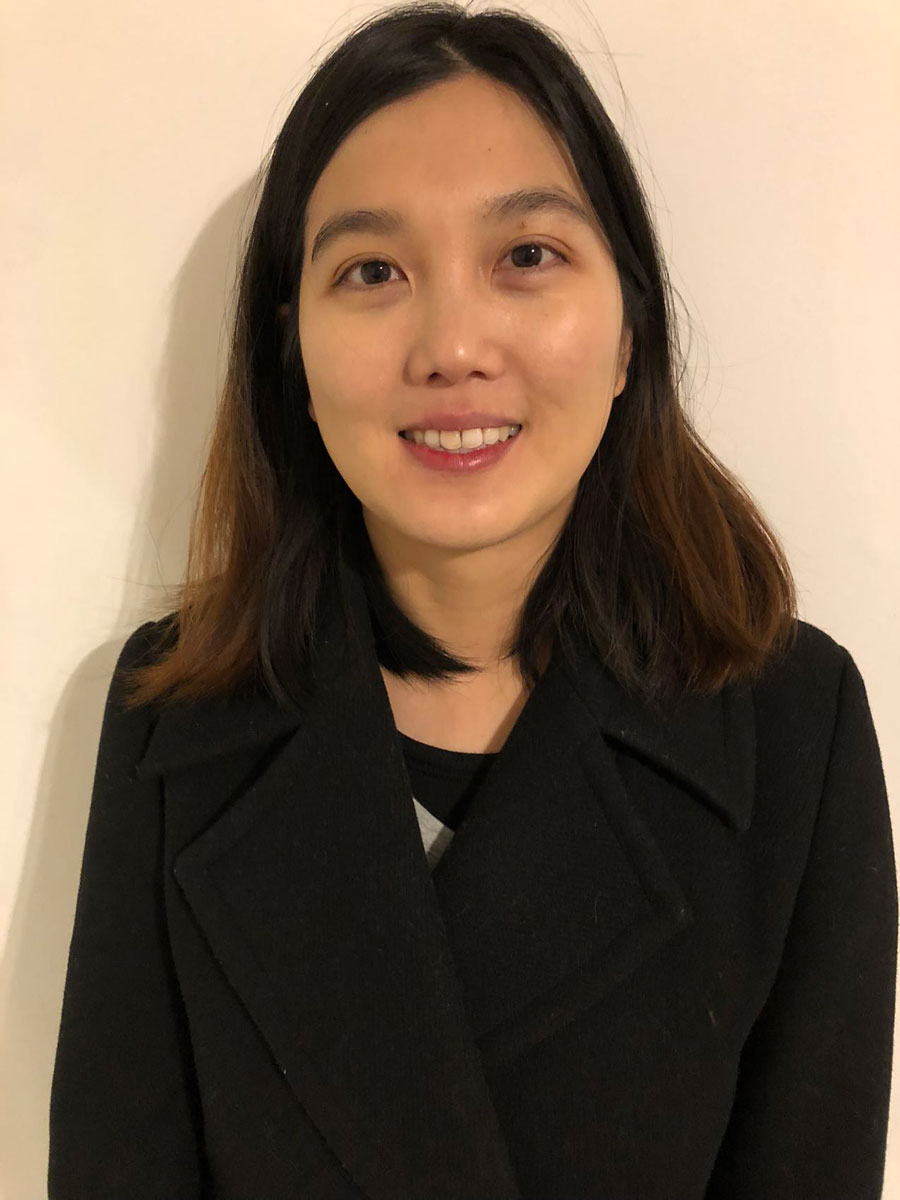
Elizabeth Gaskell
The Science and Industry Museum sits on the site of Liverpool Road Station, the oldest surviving passenger railway station in the world and the former terminus of the Liverpool and Manchester Railway, the world’s first intercity railway.
An early commuter on this railway was novelist, Elizabeth Gaskell. She lived in and around Manchester for most of her adult life and her novels, describing what life was like in the city, are now published and studied all over the world.
Gaskell was 19 when the Liverpool and Manchester Railway opened in 1830, and often travelled on the new line to visit friends and family in Liverpool. She also journeyed on Europe’s growing railway network, riding the rails in France and Germany in the 1850s and 1860s, and her experience as a railway passenger inspired her storytelling. In her novel Mary Barton, the book’s main character leaves her hometown of Manchester for the very first time on a train bound for Liverpool.
Dame Sarah Storey
More than 150 years after Elizabeth Gaskell first journeyed on Manchester’s railways, the city is focused on creating more sustainable ways to travel.
Decorated Paralympian, Dame Sarah Storey, is Greater Manchester’s Active Travel Commissioner, a job she does alongside her sporting career. Manchester-born Storey is passionate about promoting walking, wheeling and cycling as healthy and sustainable ways to get around—a passion she’s now sharing with Greater Manchester to help transform its public transport system into a fully accessible active travel network.
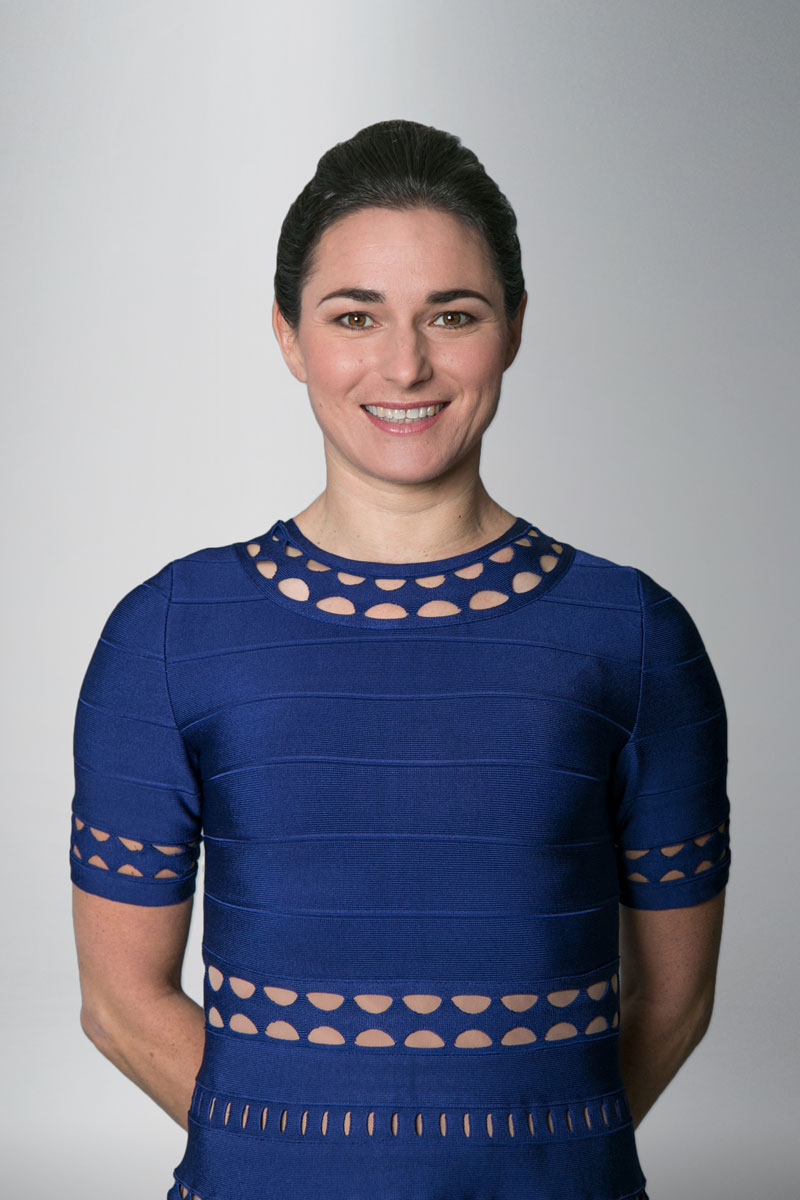
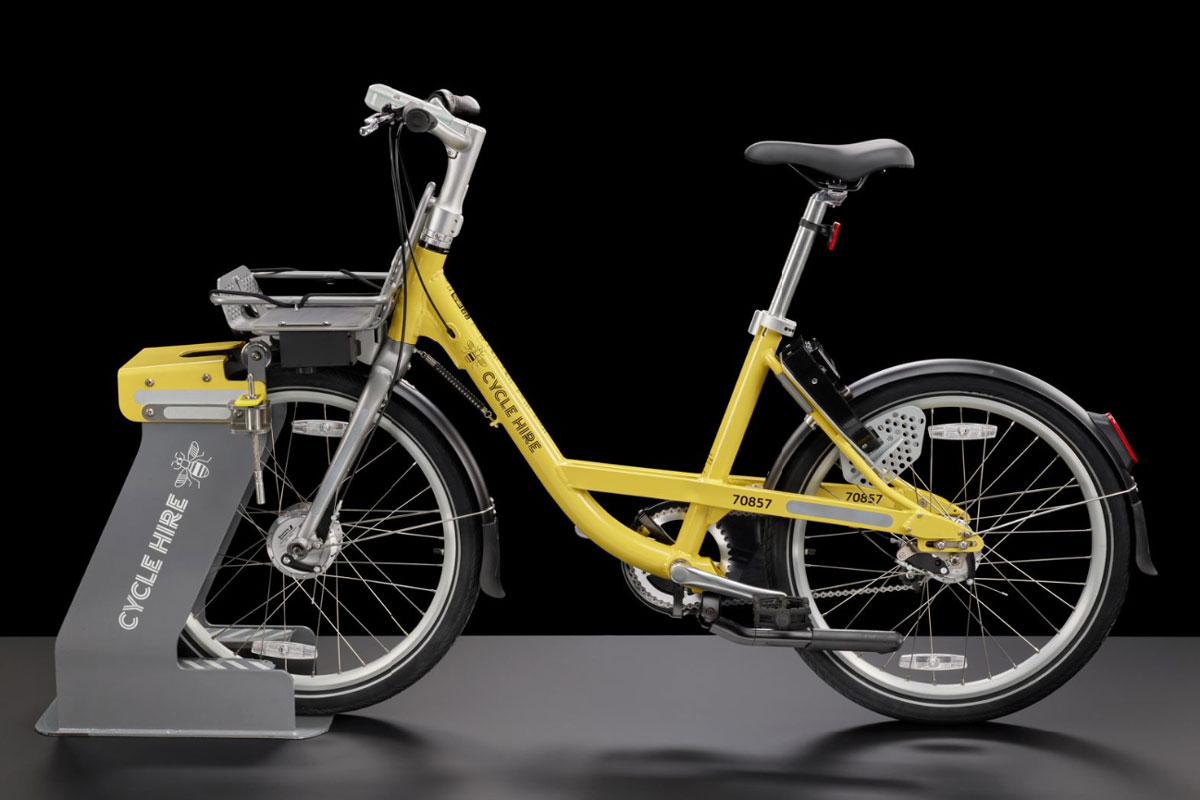
Science Museum Group © The Board of Trustees of the Science Museum
More information
Create
Away from transport, Manchester’s revolutionary creative industries have shaped how we share ideas. In our ‘Create’ display, visitors can discover how, from pioneering printing technologies to leaders in world broadcasting, women in this city have influenced the way current affairs are consumed.
Madeline Linford
Having started off as an apprentice and trailblazing local journalist, Madeline Linford climbed the ladder to become the Guardian’s first ever female editor. Her successful career helped pave the way for today’s female journalists.
After the First World War, Linford travelled by rail through Europe, reporting on the lives of people affected by the conflict. She became editor of the Guardian’s new women’s page in 1922, and remained the only woman in the paper’s editorial department for over 20 years.
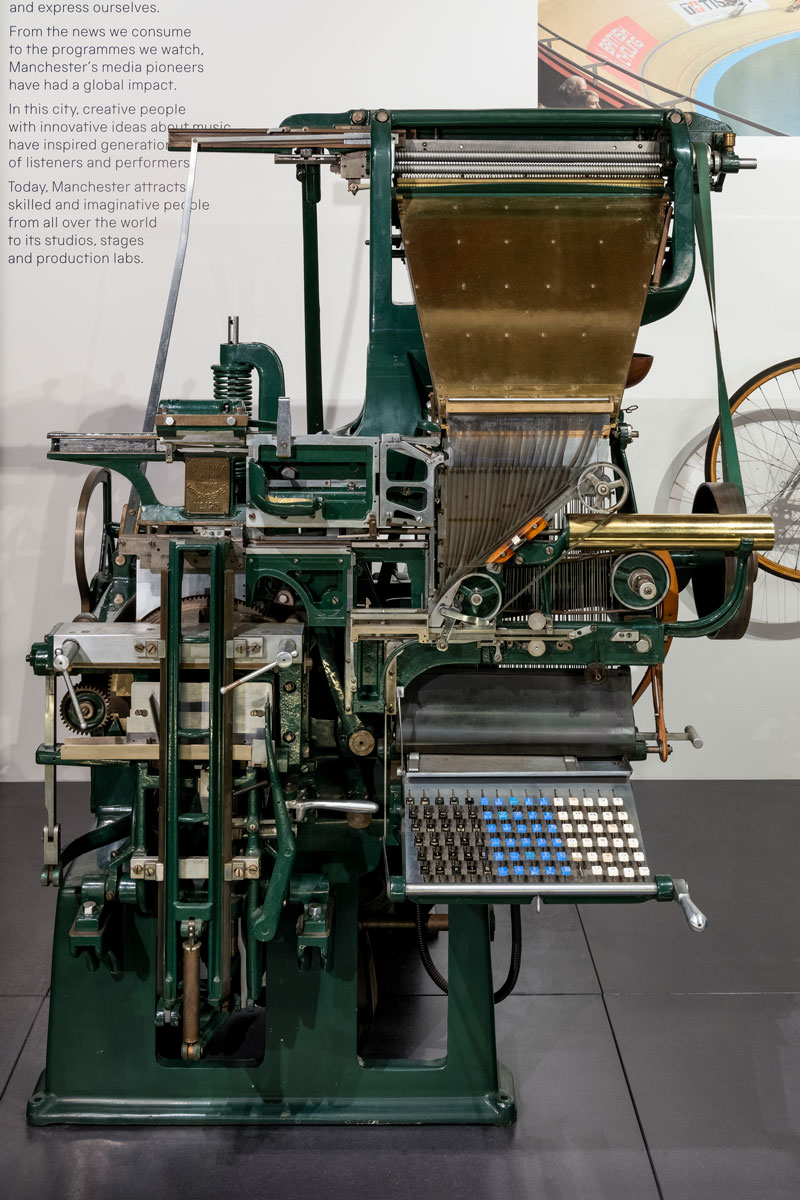
Science Museum Group Collection
© The Board of Trustees of the Science Museum
More information
Sheila Bhati
BBC software tester, Sheila Bhati, works with a team at Media City to improve the experience of BBC radio, music and podcast listeners.
She tests the software BBC listeners use on their smart speakers to tune in to their favourite shows and uses information about how listeners use the software to help her team fix problems and create new features.
Bhati uses curiosity and critical thinking in her job. She enjoys getting to the bottom of problems and working with her team to find solutions. She is using her experience to break down stereotypes about working with software and encourage students to think about a career in technology.
You can watch a film on gallery to find out more about Sheila Bhati and her work at the BBC.
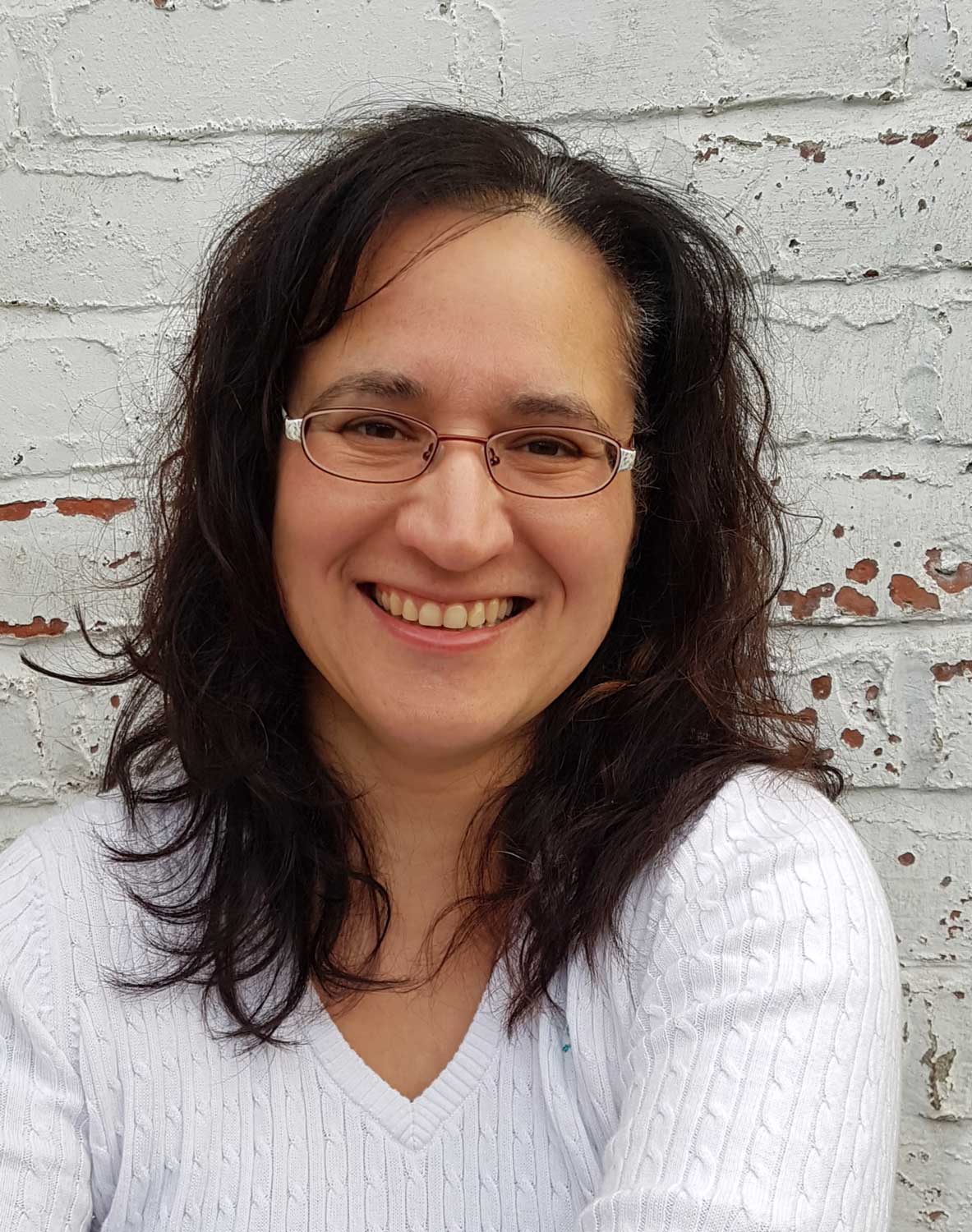
Discover
In our ‘Discover’ section, find out what it takes to make scientific discoveries possible. Curious thinkers, daring experimenters, careful testers and patient problem solvers—all sorts of people have shaped science in Manchester, including many influential women.
Isabel Hardwich
Isabel Hardwich was an electrical engineer and physicist who worked at Metropolitan Vickers in Trafford Park. After finishing her apprenticeship there in 1943, she joined the research team developing electron microscopes.
Hardwich campaigned tirelessly to encourage more women to follow careers in science and engineering. She challenged the widely held but inaccurate belief that they did not have the skills for these jobs. She also helped to set up the Manchester branch of the Women’s Engineering Society in 1942, becoming its president in 1961.
Dr Lisa Scullion
Dr Lisa Scullion is an applications manager at the Graphene Engineering Innovation Centre in Manchester.
She helped develop and test the idea of using graphene to enhance concrete. Her team found that adding a tiny amount of graphene to concrete makes it stronger.
If concrete is stronger, people designing buildings can use much less of it.
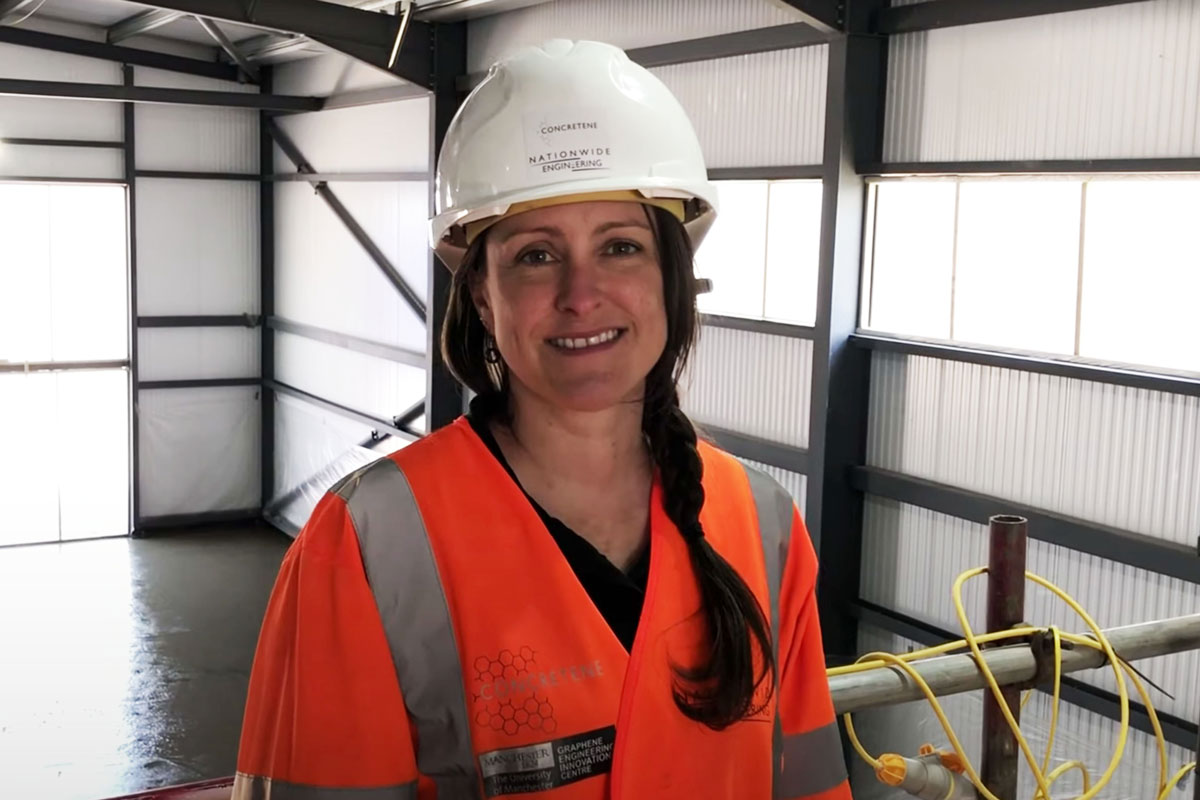
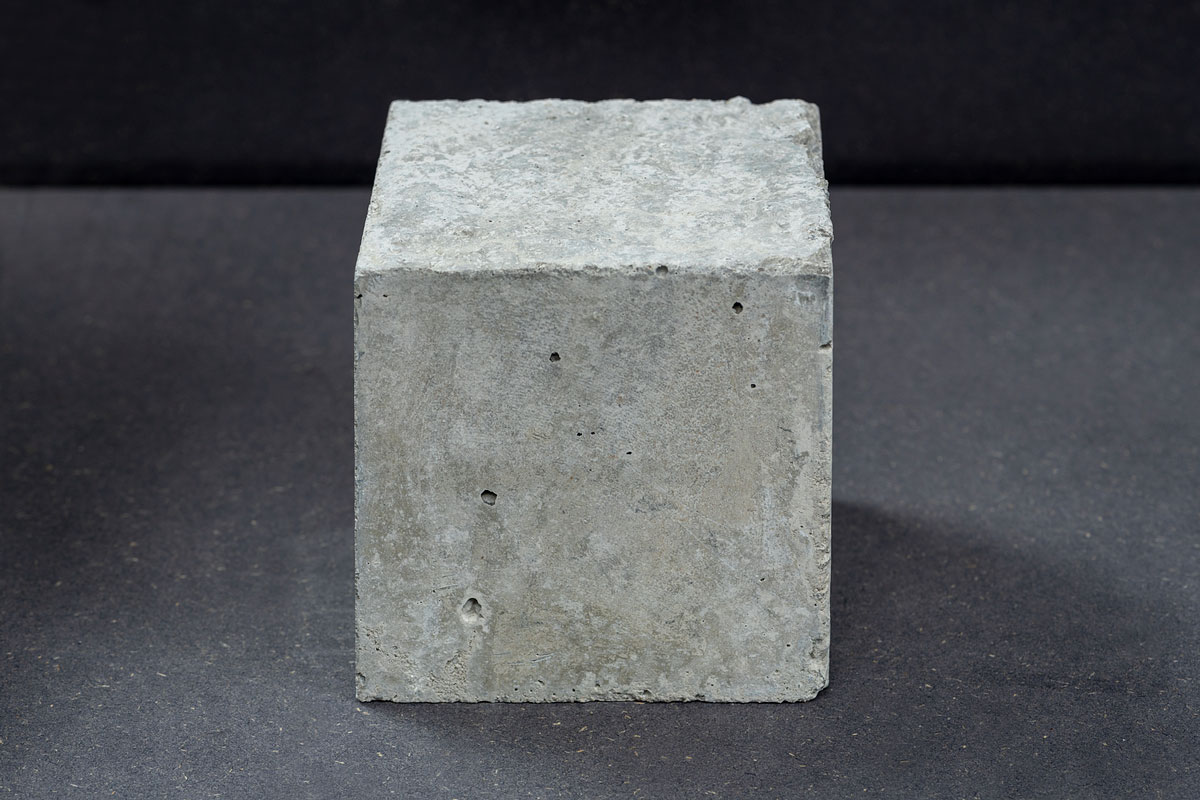
Science Museum Group © The Board of Trustees of the Science Museum
More information
Kate Whyatt
Kate Whyatt is a development scientist at Waters. It is her job to create the mass spectrometers of the future.
Mass spectrometers are powerful machines that measure the mass of molecules in samples, to accurately work out the composition of various substances. This can help identify poisons, detect pollution, test drugs and diagnose illnesses, among other applications.
Whyatt uses problem-solving and logical thinking to improve technology. She leads a team of scientists who build prototype mass spectrometers and carry out experiments to test ideas for new machines.
She uses her experience as the first female in her role to encourage more women to take up careers in science.
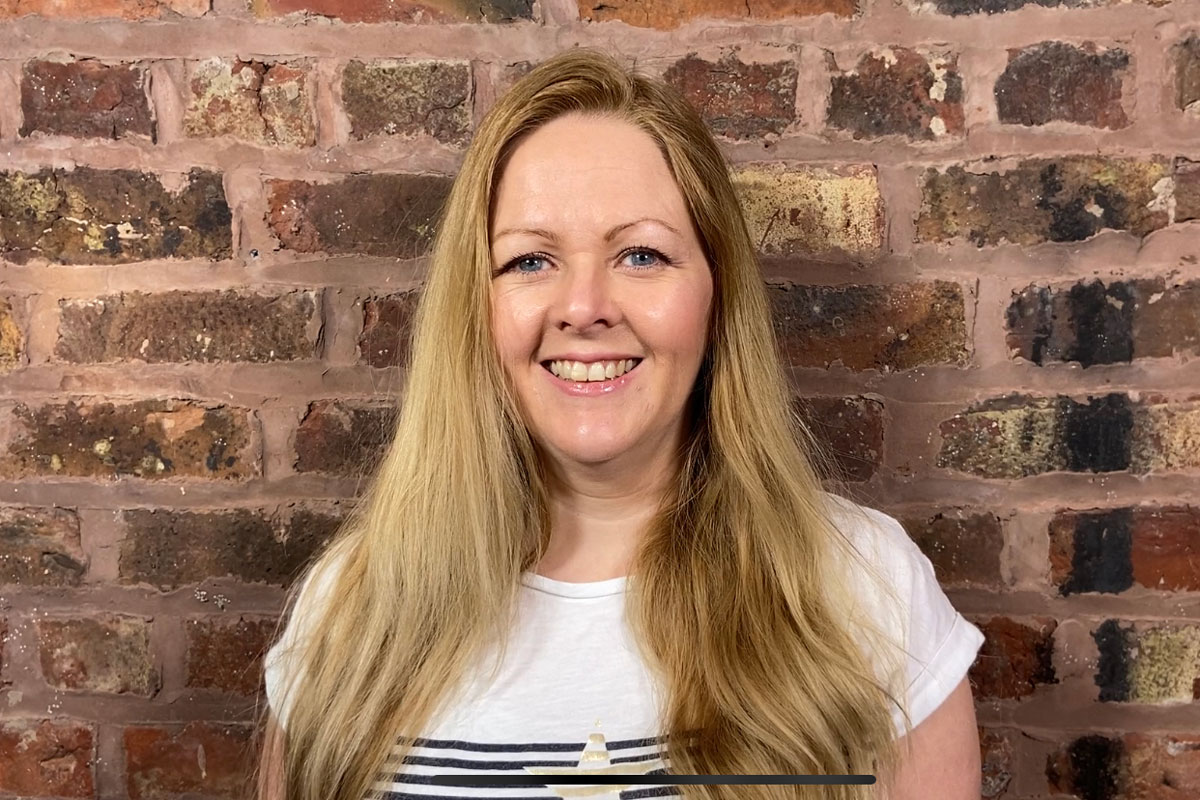
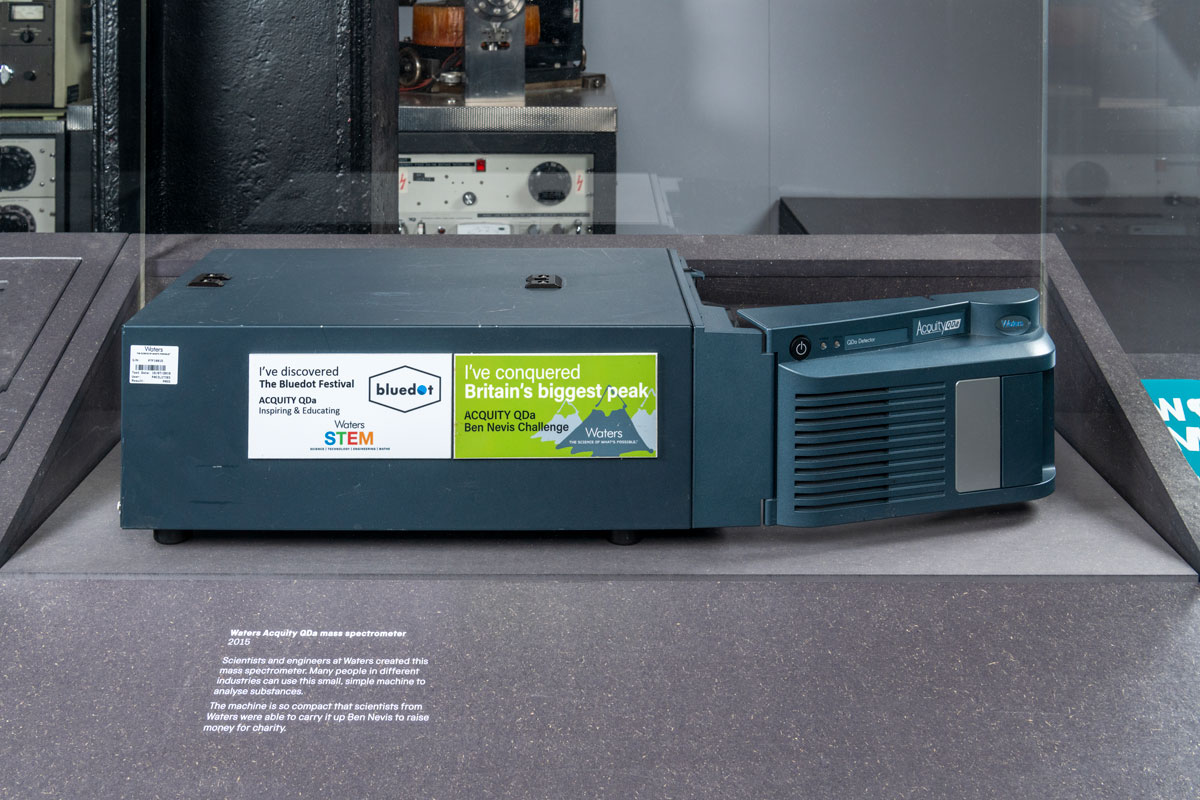
Science Museum Group © The Board of Trustees of the Science Museum
More information
Transform
Today we still feel the impact of Manchester’s revolutionary transformation in the ways we live and work and in the global challenges we face. In our ‘Transform’ section, visitors can discover our most recently refreshed display and the different voices and perspectives it highlights – including those of influential women.
Margaret White Fishenden
Environmental scientist Margaret White Fishenden was born in Altrincham in 1889. Growing up to study and teach at the University of Manchester, she experienced the city’s ‘smoke nuisance’ first hand.
In 1916, Fishenden became head of the research team of Manchester Corporation’s Air Pollution Advisory Board where she investigated the efficiency of coal fires and finding ways to reduce Manchester’s air pollution.
Fishenden also did important research into air quality for factory and mill workers. Her work led to new rules which improved conditions for workers in Manchester’s textiles industry.
Sarah Parker Remond
Sarah Parker Remond was a trailblazing African American antislavery campaigner from Salem, Massachusetts. She gave her first public speech against slavery aged 16.
In 1859 Remond travelled to Britain to campaign against slavery and promote its abolition. On 14 September she spoke to a packed crowd in the centre of Manchester.
Remond connected the suffering of enslaved people on cotton plantations in the USA to the wealth enjoyed by Manchester’s mill owners and merchants.
She and other African American antislavery campaigners, many of whom were formerly enslaved, campaigned tirelessly. They paved the way for the abolition of slavery in the USA in 1865.
You can find out more about Remond’s time in Manchester through Global Threads, a public history collaboration with UCL’s Centre for the Study of the Legacies of British Slavery to draw out new and previously under-represented stories related to Manchester’s cotton industry, particularly those connected to colonialism, enslavement and global movements of people and goods.

Image credit: Alamy
Textiles Gallery
Voyage on through to our Textiles Gallery to discover why Manchester is a city shaped by cotton. From the late 18th century, the manufacturing of textiles in new, machine filled cotton mills transformed the town into a booming industrial centre, creating new patterns of life, generating great wealth for some, and shaping the city’s growth.
Yet innovation and profits went hand in hand with exploitation, on a local and a global scale. Our Textiles Gallery explores the people, places and products that transformed Manchester into an industrial powerhouse, and their continuing legacy in our city and our world today.
Mary Reynolds
Mary Reynolds was born enslaved in about 1847 on a plantation in Louisiana, USA. From childhood, she was forced to carry out long days of back-breaking, finger-splitting labour in the plantation’s cotton fields. The exploitation of millions of enslaved people like Reynolds drove Manchester’s industrial expansion by providing the raw cotton needed by its growing textiles industry.
In 1937, aged about 100, Reynolds shared her story with interviewers working to document the experiences of enslaved people in the United States. Her detailed interview is still frequently reprinted and used by historians researching enslavement. You can hear part of Mary Reynold’s first-hand account of her experiences of enslavement in our Textiles Gallery.

Science Museum Group © The Board of Trustees of the Science Museum
Jean Elizabeth Gregson
Jean Elizabeth Gregson studied cotton print design at Manchester School of Art from 1929–1933. It was there that she created these celebrated designs displayed in our gallery.
The School of Art was set up in 1838 to train the skilled textile designers needed by Manchester’s cotton industry. Today it is part of Manchester Metropolitan University.
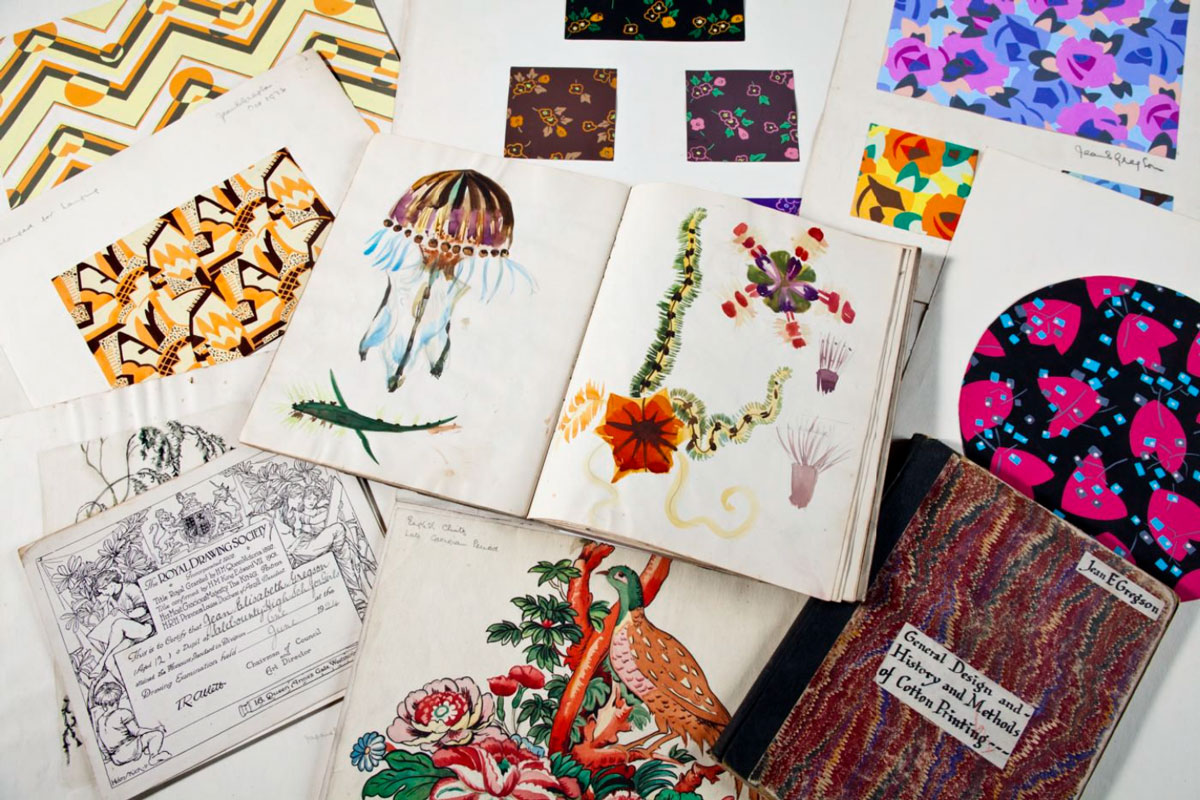
Science Museum Group © The Board of Trustees of the Science Museum
More information
Jenny Steele
Jenny Steele is a Scottish artist based in Manchester. In 2022, the museum commissioned her to create Textile City, an interactive artwork influenced by Manchester architecture and textile designs from the museum’s archive, including Jean Elizabeth Gregson’s work.

Science Museum Group © The Board of Trustees of the Science Museum
Power Up
Drop into our ultimate gaming experience, Power Up, and revel in the very best video games from the past five decades.
As well as inviting visitors to get hands-on with over 160 consoles and hundreds of games, Power Up champions STEM development and profiles a number of creatives working in Manchester’s digital and technological industries.
Liz Wright
Liz Wright is a Programmer at Manchester-based company, No More Robots. She writes and edits the code for games to create new features and fix any problems.
She enjoys the challenge of learning how to use new tools, game engines and programming languages across different projects.
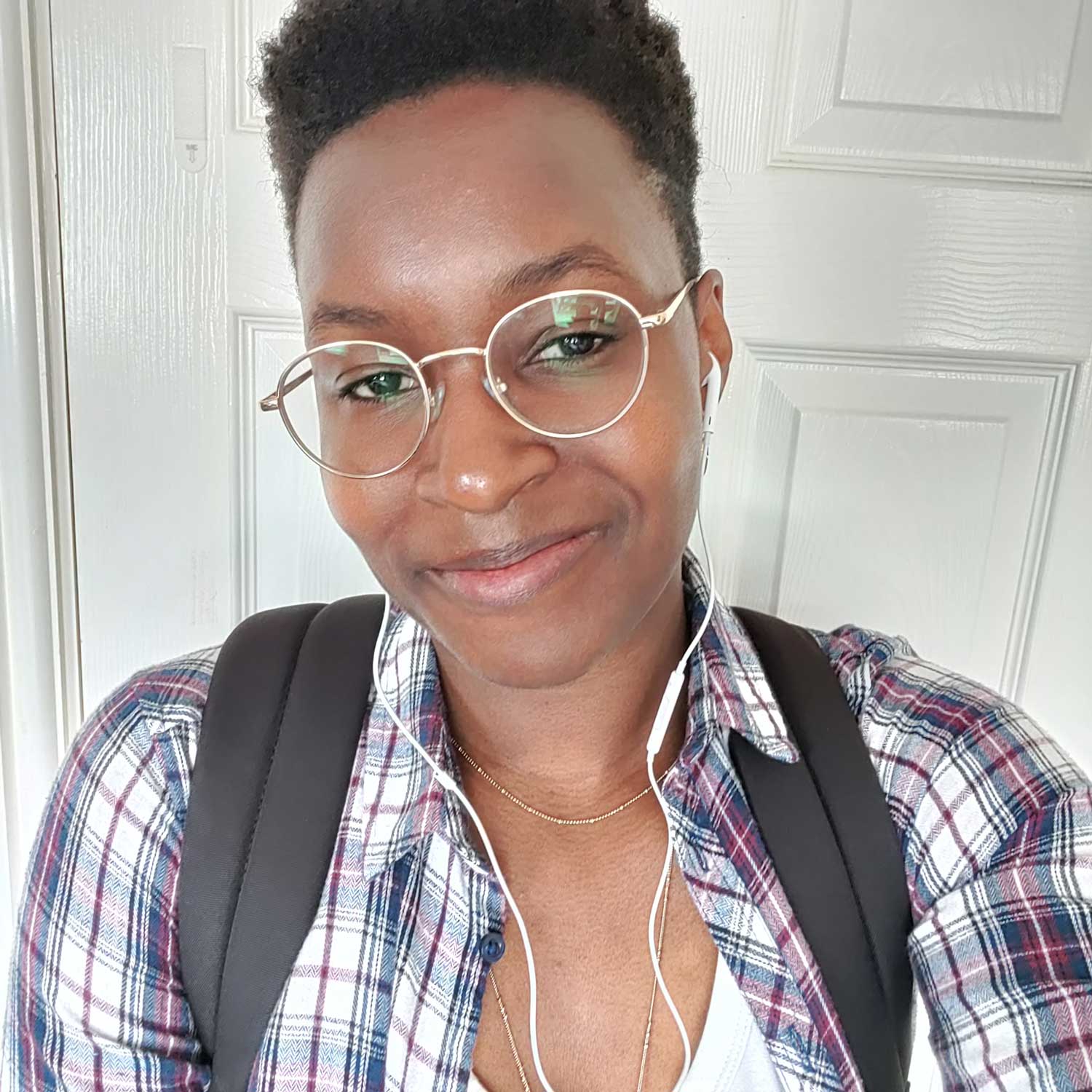
Minna Lamb
Minna Lamb is an Animation Manager at TT Games in Manchester, helping to manage tasks and scheduling for its Animation and Rigging departments.
She is passionate about making the gaming industry inclusive for everyone, and is an advocate of the brilliant career opportunities on offer in the North.
Look out for future updates to this round-up of the inspiring women’s stories in our galleries as we continue to develop our displays and when Power Hall re-opens in 2025.